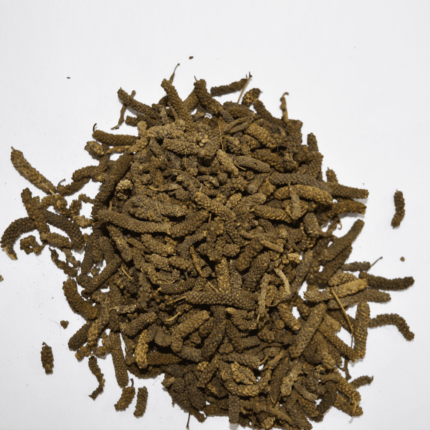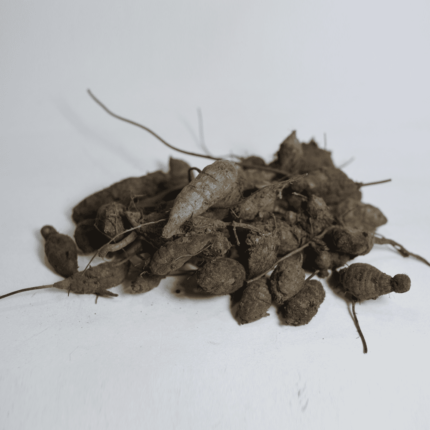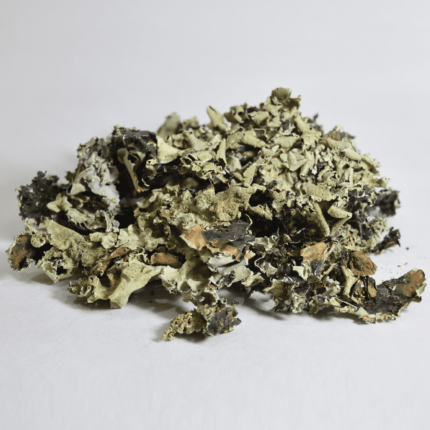Description
Clearing Nut Tree is a tree up to 12 m tall, bark 1-1.2 cm thick, brownish-black, rough, corky with deep and narrow vertical cracks; blaze creamy yellow. Leaves are simple, opposite, estipulate; leaf-stalk 2-8 mm, hairless; blade 5-15 x 3.5-7.5 cm, elliptic, ovate, elliptic-ovate, base blunt or round, tip pointed, margin entire, hairless, shiny, papery. Nerves are 3-5 from the base, lateral nerves from the midrib 4 pairs, hairless; intercostae netveined, prominent. Flowers are bisexual, white, 0.85 cm long, in short in leaf-axils cymes, 6-8 mm long; flower-stalk 2 mm; sepals 5, small; flower 3.5 mm across, salver shaped, hairy within, tube cylindric, lobes 5, longer than tube; stamens 5, inserted on the flower tube; anthers 2-celled, introrse; ovary 1 mm, superior, hairless, ovules one in each cell; style hairless; stigma obscurely 2 lobed. Fruit is a berry, 16-18 mm across, spherical, black, pericarp hard; seeds 1-2, 10-12 mm across, turgid, round, compressed, yellowish. Seeds are used to clarify foul and muddy water, which probably the origina of the common name. Seeds are rich source of polysaccharide gum suitable for use in paper and textile industries. Clearing Nut Tree is found in Peninsular India and Sri Lanka.
| Botanical Name | Common Name | Tamil | Hindi | Malayalam |
|---|---|---|---|---|
| Strychnos potatorum | Clearing Nut | தேற்றான்கொட்டை | निर्मली / Nirmali | റ്റെട്ടാംപാറൽ / Tettamparal |












